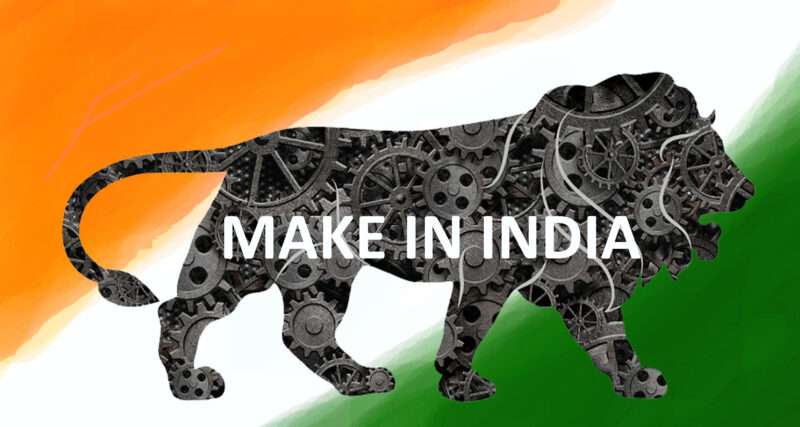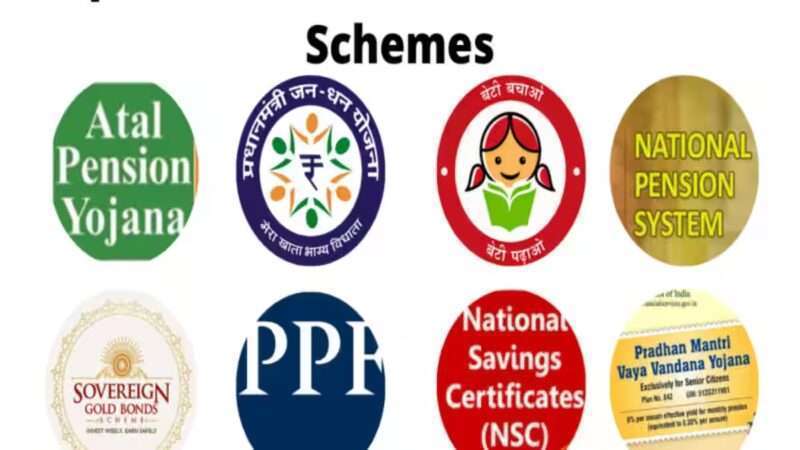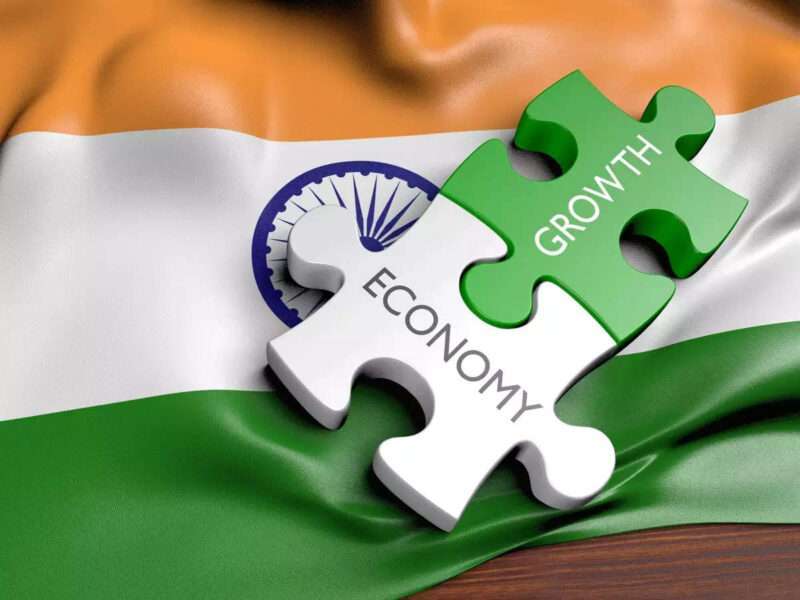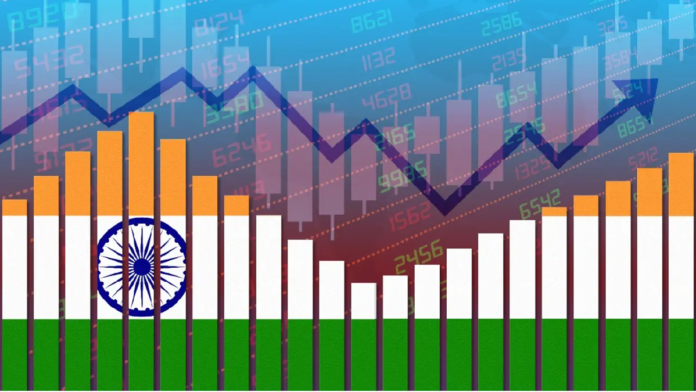Big Economy, Small Slices. Third Largest Dream, First World Problems? Why Does India’s Economic Rise Don’t Guarantee Yours? India’s Unequal Growth Story
India is the fifth largest economy in the world, and if people choose the right leader, no one can stop us from becoming the third largest economy in the world . You must have heard this promise a lot. And if you get 15 lakhs or not, if the farmers income has doubled or not, if tea can be made from sewage gas or not, it is possible to become the third largest economy.
It is a good thing. It will help the country to develop. Money and that too, on an Indian passport. No need to go to Canada. Then why take stress? Because, if we can become the third largest economy, even if we do, it doesn’t guarantee your well-being.
Booming Economy, Sinking Standards

According to the World Bank, the poverty rate in India, defined as the percentage of the population living on less than $1.90 per day, has declined from 21.6% in 2011 to 13.4% in 2017. However, this still means that over 170 million Indians live in extreme poverty. Furthermore, a study by the Pew Research Center found that the number of Indians living in the middle-income category decreased from 99 million in 2011 to 66 million in 2021.
In fact, it can be the other way around. The country is richer and you and I are poorer. It’s not an empty promise. Let’s learn about how it can be and is happening. In economics, we call it income disparity. Means if Adani and Ambani are becoming rich, it doesn’t mean our ‘ACHE DIN’ (good days) are coming . Especially when the country’s top 10% population has 77% wealth.
That is, about 80% of wealth is within the top 10% and even worse, the top 1% of such a big country, such a large population is generating 70% wealth generation. Only the top 1% percent is doing this. With this wealth, people are buying Rolls-Royce, Lamborghini, waiting lists for SUVs are going on.
And it is true that in this country, around 70 crore people, who are the bottom half of the country, their income is increasing by 1%. So now when you are not able to beat inflation, that is why six crore people are slipping below the poverty line every year.
If somehow, there is 8% growth for four years in a row, then we can become the third largest economy. But, our per capita income will be equal to that of Angola and less than that of Bangladesh. It is nice to hear about growing GDP as our country is so big, but it is important to look at it individually.
Middle Class Savings Hit Rock Bottom

Let’s assume that you are a hard-working middle class. You will have good days. Or not? RBI report says that household savings have hit 47 years low. Only 5.1% of GDP is our savings. This is the figure. And this figure was 25% of GDP in 2010 when we were the highest.
This was 8% of GDP in 2019-2020 before Covid. This figure was 11.5% of GDP, even during the pandemic, people were facing problems, they were not able to save. They were not getting jobs. This leads to debt. Hence the stress.
Greatest growth in jobs in the last few years has happened in the IT, tech industry. Indians are hard-working and they can do wonders. That is how the IT revolution happened. And it seemed for a while like a start-up revolution was happening. But after the recession, the international funding has stopped and the funding crunch is going on.
New unicorns are not being made. Many have come to the verge of being shut down. Nearly 30,000 people have lost their jobs in 111 start-ups due to funding crunch.
Jobless Growth? Why India’s Rise Doesn’t Mean Your Raise
Don’t assume that you are safe if you are in a big 3 IT company. In six months, 25,000 jobs have been lost in Infosys, Wipro and HCL. India needs 20 crore new jobs for people who are of working age, who are looking for jobs, who are educated.
But the number of jobs in the market is also decreasing. That is why there is a crisis for jobs everywhere. In government jobs, one in 400 to 500 people is getting jobs. Now there is a crisis in the private sector too.
If you are a woman, your chances are even less. The latest periodic labour force survey, PLFS, conducted by the national statistical office, found that in 2018-19, 22% of women with regular wages work were women. Now this number has fallen to 16% in 2022- 23.
If you think about it, hundreds of people are working in our country, and only 16% of them are women. This figure is 42% in Bangladesh. Why is this happening?
Make in India? More Like UnMake in India

Well, the most ambitious and right direction of the Modi government was made in India. This would have brought all the companies from all over the world to India. Here, for our people, and for the whole world, they would make good quality products at low prices. But, leaving aside some big names, this has not happened in the last nine years.
The companies that went out of China, did not come to us. Laos, Vietnam, Cambodia, Indonesia went to such countries. And now, on a year on year basis, in a decade, we have seen the lowest FDI growth. People are spending less money on our country and are losing confidence. Less money means less business, less business means less factories, less factories means less job generation.
However, investment did decrease in the whole world due to recession. Good business destinations like Singapore and UAE are still getting rich. In India, even after Covid, it is going in a downward trend. Contribution of the manufacturing sector to GDP should be the highest, but it is still going down.
Some headlines are talking about deindustrialisation. Dependence on agriculture is getting more. And the industry is getting less. We are 70 years behind. This is happening because, like every master stroke, Make in India’s publicity was great, but the implementation on the ground was not so good.
The red tape, tax, terrorism, social tension, etc. on top of that, the result is, skilled workers and good start-up companies are looking for a way out. In the last few years, 300-400 start-ups have gone abroad and no such startups have any problem with our country or our people.
But because of government regulations and reputation, they went abroad. And leave Make in India, UnMake in India is going on. The government has stated in the Parliament that 3000 foreign companies and their subsidiaries have shut down their shops in India between 2014 and 2021.
Some big names are also part of this list.

The MGNREGA that was called the biggest failure of Congress by the Modi government, today, the government is investing crores of rupees more on that same MGNREGA before, during and after pandemic.
There are no jobs in the cities, there is no development in the villages, so people are depending on this government scheme for basic income. The plan was to shut down MGNREGA. But in the last nine years, more money has been invested in the same. Because there are no other job opportunities in rural India.
80 Crore Indians on Free Rations. Is This the Sign of a Thriving Economy?
The free ration scheme was implemented during Covid. It is still going on. 80 crore Indians are living on the government’s free food. You can call it social welfare or the mercy of the Modi government. But the fact is that the country’s economic condition is so bad that 80 crore people have to be given food for free. But at the same time, we are being told that good days are going on, people are progressing, people are buying cars.
Or maybe we should not ask all these questions because the Amrit kaal has not yet come. Right now, we will have to sit quietly and do our duty because the Kartavya(duty) is going on.
So, while doing the duty, we also took out a survey of PwC, Price Waterhouse Coopers. In that survey, it is written, 63% Indian consumers are cutting their non-essential spending. 74% Indians are worried about their personal finances.
And there is no need for a survey. This is the story of every household. At least those who speak honestly, those who see the truth, are saying that inflation is a back- breaking thing.
Inflation is easing after months, as elections are near. But whether the elections come or not, this inflationary picture is not going to end so easily. Uneven distribution of monsoon, global market forces, war, recession, et cetera. The war on your wallet is not going to end.
Forget about food and essentials. If you ever pay hospital bills or school fees, there is inflation everywhere and if we talk about some small home loans, it has increased by 2.5% in a few months. This means that EMI payments have increased by 20% for some people. And it is not that the government cannot see all this. But they cannot do anything special.
The government is facing a huge debt crisis. The government’s debt to GDP ratio is 82%, which is not considered healthy. This is not a small amount of debt. Global rating Agency, Moody’s has increased the growth forecast in 2023 from 5.5% to 6.7%, which is a good thing, but GDP forecast of 2024 is 6.1%. You should remember that India aims to be at 5 trillion or third largest economy, 8% growth rate will have to be there for 4 to 5 years, but any rating agency “ RBI or international“ is not thinking of giving more than 6%.
On top of that, Rupee is sliding down. Sorry, to Nirmala Sitharaman, but the dollar is rising. So is our competitiveness getting better? Are we able to buy things? Our balance of payment is also getting worse.
Now, even the government figures can’t hide the truth. Any solution? The solution will be found when you believe that the problem exists.
The Paradox of India’s Economy – Growth vs. Living Standards
Let us take an example of comparison between Indian and UK economy to better understand this situation.
India’s economy is booming and has become the world’s fifth largest, overtaking the UK. However, this growth doesn’t mean all Indians are getting richer. Let’s compare India and the UK to see why.
Both India and the UK have similar Gross Domestic Product (GDP), a measure of the total value of goods and services produced in a country. This might lead you to believe people in both countries enjoy a similar standard of living. But that’s where things are different:
- Per Capita Income: This metric divides the GDP by the population, revealing how much wealth trickles down to each person. Here, the UK shines. Despite having a smaller GDP than India, the UK’s population is much smaller.
- India’s GDP per capita is $2,277.4, while the UK’s is $47,334.4, indicating a significant income gap between the two countries.
- The UK’s higher per capita income reflects better economic prosperity and individual wealth compared to India.
Standard of Living
Think of per capita income as a giant pizza. In India, the pizza (GDP) is big, but there are many people who share it (a large population). In the UK, the pizza is smaller, but there are fewer people to eat it (smaller population). So, each person in the UK gets a bigger slice (higher per capita income) and a presumably better standard of living.
| Indicator | India | UK |
| Life Expectancy | 67 years | 82 years |
| Obesity Rate | 3.9% | 27.8% |
| Unemployment Rate | 8.5% | 3.2% |
| Poverty Rate | 21.9% | 18.6% |
| Top Tax Rate | 35.5% | 45.0% |
| Internet Access | 43.0% | 95.0% |
| Education Spending | 3.5% of GDP | 5.2% of GDP |
| Healthcare Spending | 3.0% of GDP | 10.2% of GDP |
Observations
- The UK has a higher life expectancy, lower obesity rates, and lower unemployment compared to India.
- India struggles with higher poverty rates and lower healthcare and education spending relative to the UK.
- The UK’s higher tax rates enable better social welfare programs and public services.
The disparity in per capita income and quality of life indicators between India and the UK underscores the significant differences in living standards. While India’s economy is growing, challenges like poverty, healthcare access, and education funding persist, impacting the overall well-being of its population.

Can India Achieve Its Growth Targets?
Opinion
Even after seeing this, how many people will say that the country is going to face a financial crisis? Then, the solution will be found. But, if some people think that in the 2000s, we had a strong growth trajectory. There was talk of double digit growth.
If we want to see the growth of the last 15 to 20 years, we need to do focus on few things. But it will be hard.
- First, the government has to reduce tax, reduce expenses, and check its freebie schemes. So that there are more savings in the bank. And then, the money that companies get to invest in the banks is received at good interest.
- The second step is a little more difficult. We have to make the world believe that India does not treat anyone differently – law is the same for everyone. That companies can come from abroad and build their factories. And tomorrow suddenly, the rules will not change for a particular friend.
- Third, a little more difficult, in this step, government departments like ED should be used only for law and order, tax compliance, not for political compliance, that they put ED anywhere. This tax terrorism in our country will have to be stopped. And here we are not talking about Congress or BJP. This tax terrorism is everywhere.
- And finally, the fourth and the most difficult step. Recently, the rating agency of Moody’s rated India as BAA3. It kept the outlook stable but gave a warning. The warning and concern was that the civil society and political dissent in India is being broken.
The social index of the country is not good according to their standards. How does it matter?
Let there be us versus them, let there be social tension. But the people who come from outside, who will invest their billion dollars here, they care about communal politics, lynching, social boycott, the filth that we have spread in the society, they care.
India’s economic growth, reflected in its rising GDP, is undeniably impressive. However, a large part of this growth can be attributed to its massive population. While political parties may take credit, the reality is that more people simply contribute to a larger overall production.
The true measure of economic success lies in per capita income, which remains low in India. This means the average Indian isn’t necessarily experiencing the benefits of this growth.
By focusing on these solutions, India can ensure its economic progress translates into a better standard of living for all its citizens.



